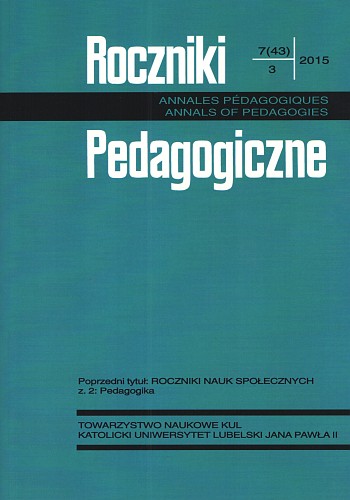Przywiązanie i osamotnienie w bliskich relacjach
Attachment and Loneliness in Close Relationships
Author(s): Monika Kornaszewska-PolakSubject(s): Social Sciences, Sociology, Sociology of Culture
Published by: Towarzystwo Naukowe KUL & Katolicki Uniwersytet Lubelski Jana Pawła II
Keywords: romantic relationships; attachment styles; loneliness; patterns transmission
Summary/Abstract: The article presents the problem of close relationships in the context of contemporary culture, extracting from it two characteristic phenomena relevant to human relationships: attachment and loneliness. Two theories are basic for the article: the Bowlby’s theory of attachment and Hazan and Shaver theory of three attachment styles in romantic relationships: secure, anxiety-ambivalent and avoidant. Loneliness is considered on two dimensions: social and emotional, but the emotional aspect of loneliness is a key phenomenon in unsecure attachment styles. A widely cited study shows that secure attachment styles shaped in childhood are a key determinant of stable and satisfying relationships, while avoiding and anxiety-ambivalent styles destabilize the couples functioning and, consequently, lead to dissatisfaction and loneliness of partners. The most serious impact of unsecure attachment styles and a growing sense of loneliness is generational pattern transmission, which creates the new quality of bonds and relationships. This new quality is the culture of individualism and choices that are constant and not always rewarding.
Journal: Roczniki Pedagogiczne
- Issue Year: 7/2015
- Issue No: 3
- Page Range: 25-43
- Page Count: 19
- Language: Polish

